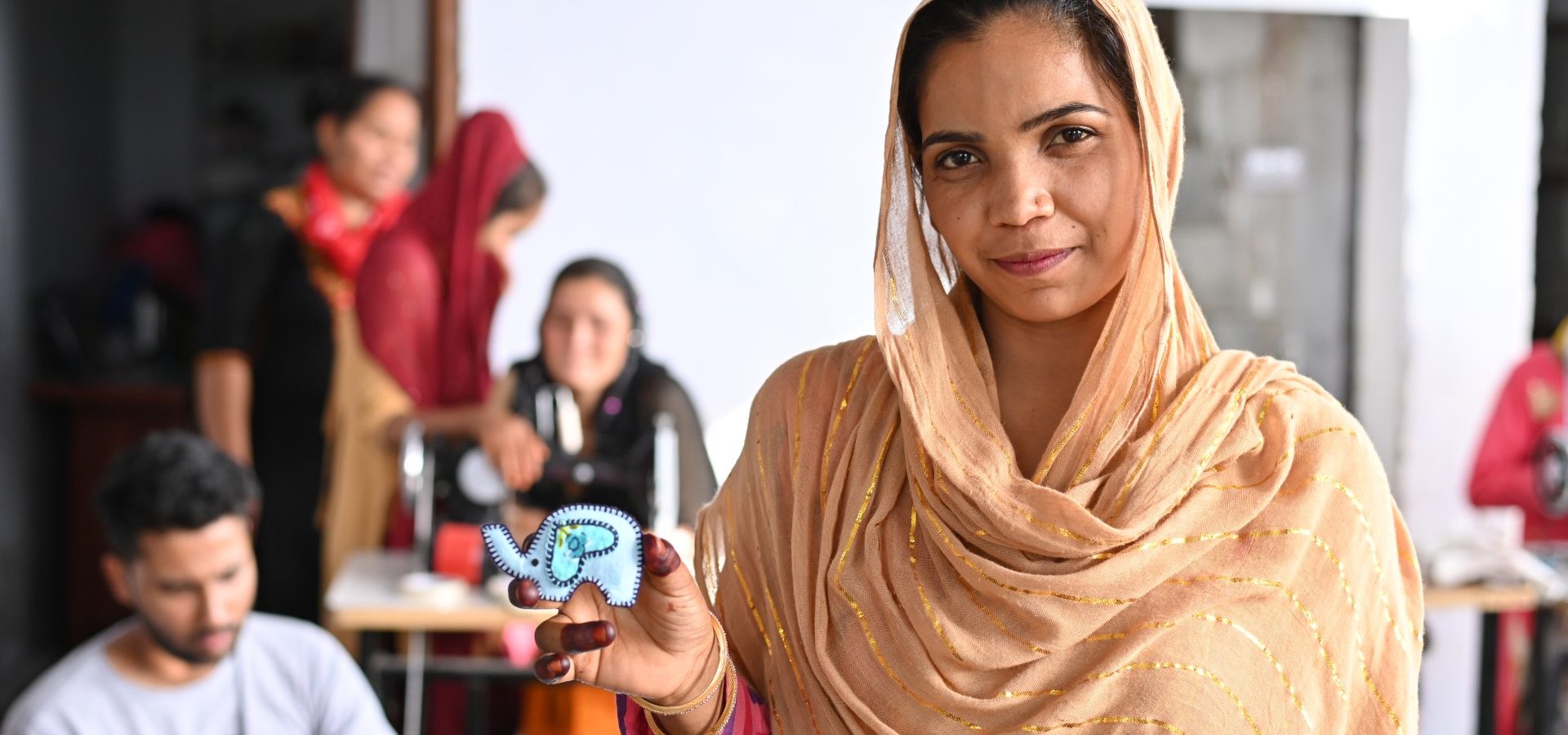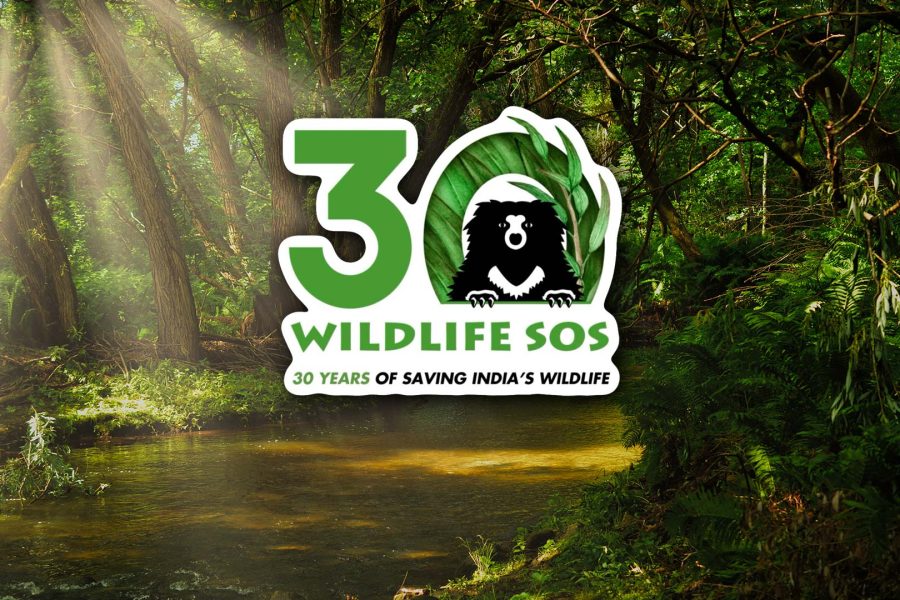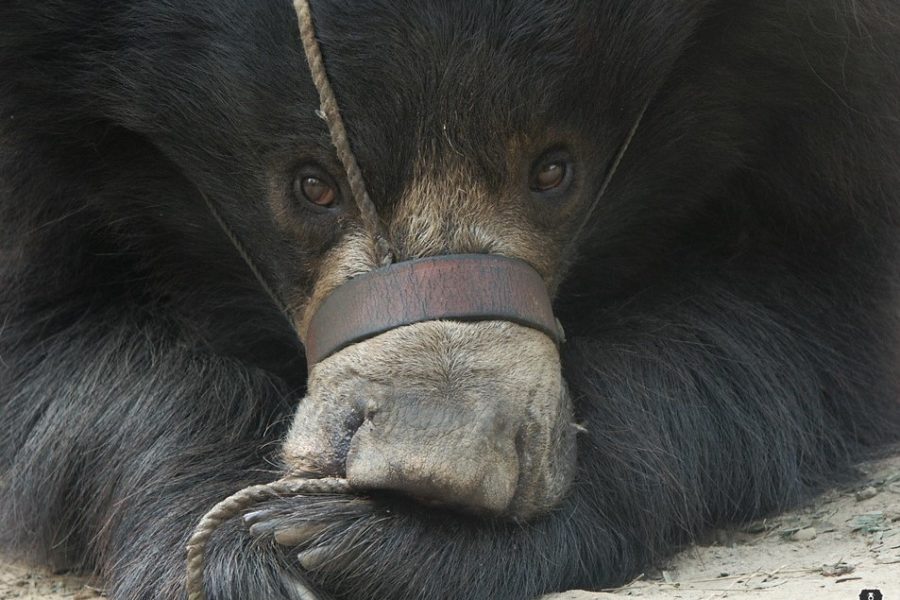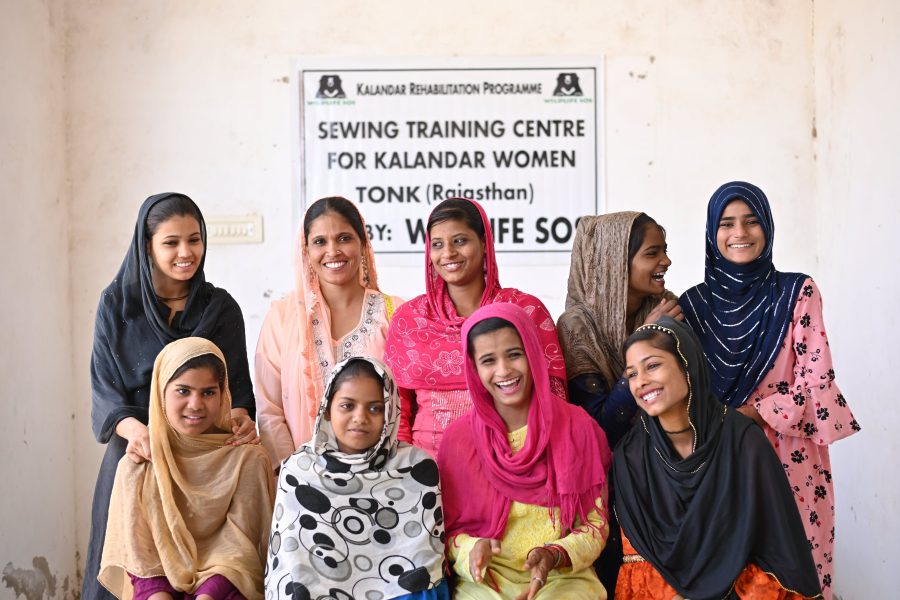The archaic practice of the ‘dancing’ bears not only subjugated sloth bears, it also put a tight occupational chain around the Kalandar community. Despite the practice being banned in 1972, the Kalandar men found themselves bound by this inherited livelihood, unable to explore alternatives. Meanwhile, the Kalandar women bore a double burden of living within a rigidly patriarchal system, with no autonomy and burgeoning financial instability.
There weren’t any means or space for women to gain empowerment, as they were confined to the private realm of their lives. Child marriage plagued the community, where girls as young as 11 and 12 years of age were married off to relieve financial burden of their families. These young girls were forced into roles of adults far too soon — they endured severe complications from early pregnancies that often resulted in the tragic loss of life. The idea of educating anyone, let alone a girl child, was sadly never a priority for the Kalandars. Isolated from any means to explore avenues of education or employment, the Kalandar women were the most invisible victims of the ‘dancing’ bear practice. Addressing these deeply rooted gender norms was essential to drive meaningful change.

The inception of the ‘Dancing’ Bear Project underscored the necessity for social reforms within the Kalandar community as well. The only means of livelihood known to the Kalandars, which relied on animal exploitation, was stripped away when the bears were rescued and rehabilitated. Therefore, aiming at a holistic approach, Wildlife SOS began the Tribal Rehabilitation Programme in 2002 to open up avenues that could uplift the Kalandar families, ensuring a safer and more equitable life, particularly for women and young girls.
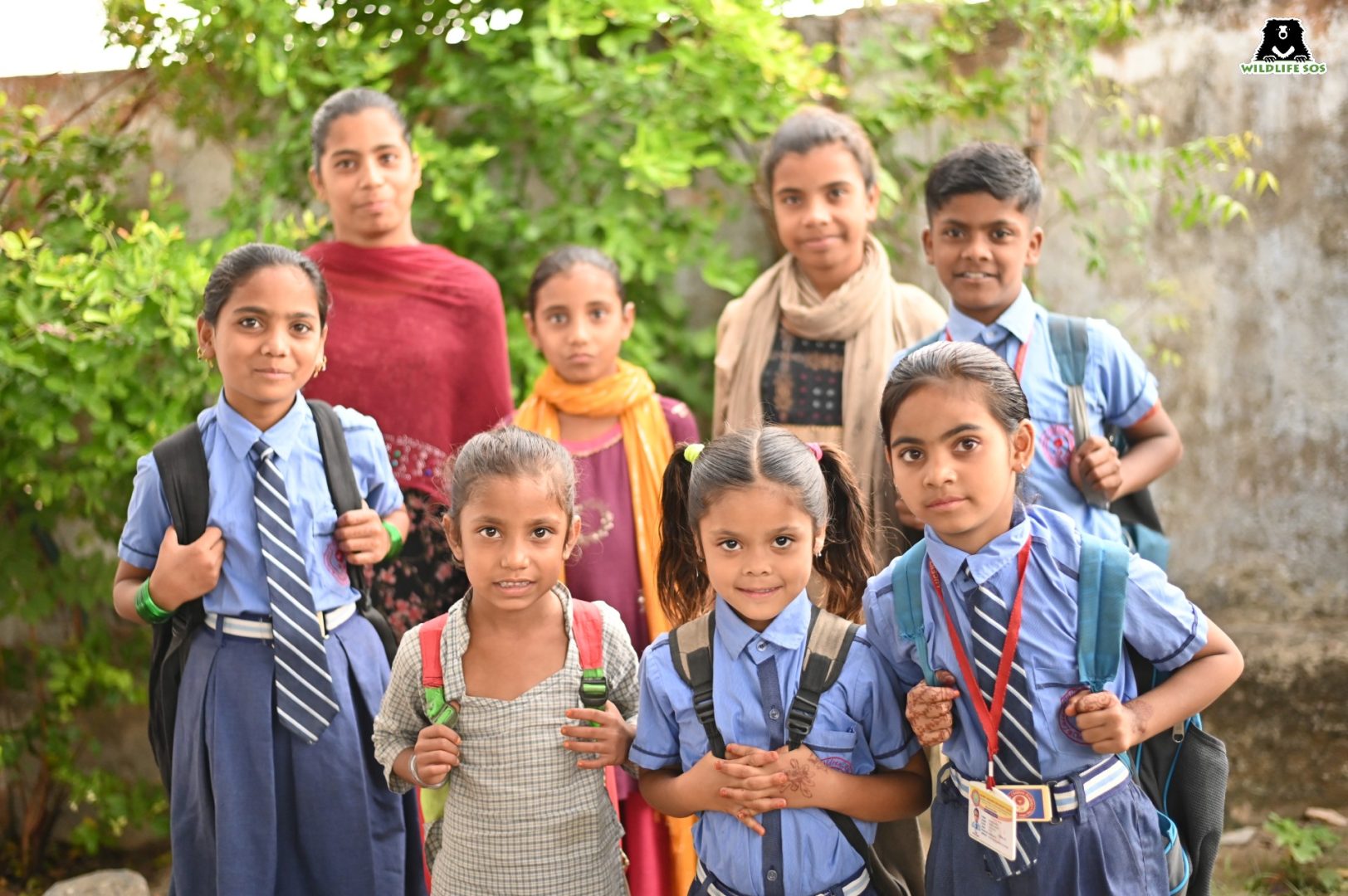
The social conditioning entrenched within the community was a critical and challenging step to break gender stereotypes. The Tribal Rehabilitation Programme is tuned to empower Kalandar women with economically viable skills, which enables them to become financially secure members of their society.
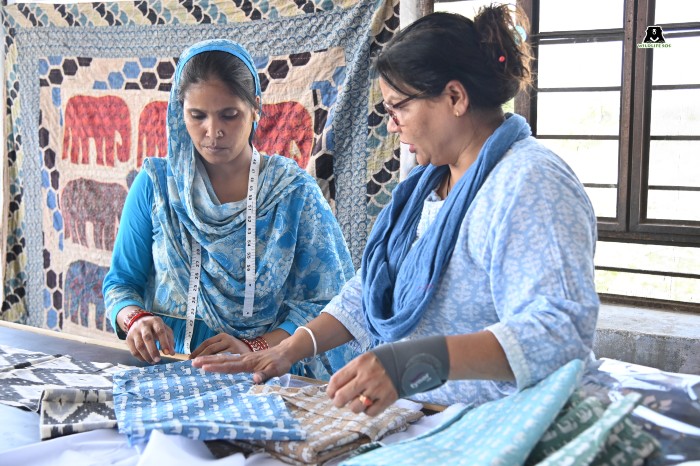
The First Steps
Brilliantly encapsulating the vision of Wildlife SOS’s engagement with the Kalandar women, Ms. Rakhee Sharma, Wildlife SOS’s Project Manager for Community Initiatives & Alternate Livelihoods, says that “when women are empowered in any role, the whole family advances.” She firmly endorses how this transformation can weave a brighter, more equitable future for everyone in the Kalandar community. One of the pivotal steps in steering the Kalandar women towards financial independence has been our flagship project of setting up Wildlife SOS Sewing Training Centres. These centres, which are operational in Chaksu and Tonk, Rajasthan and Bhopal, Madhya Pradesh, equip women with essential tailoring skills.
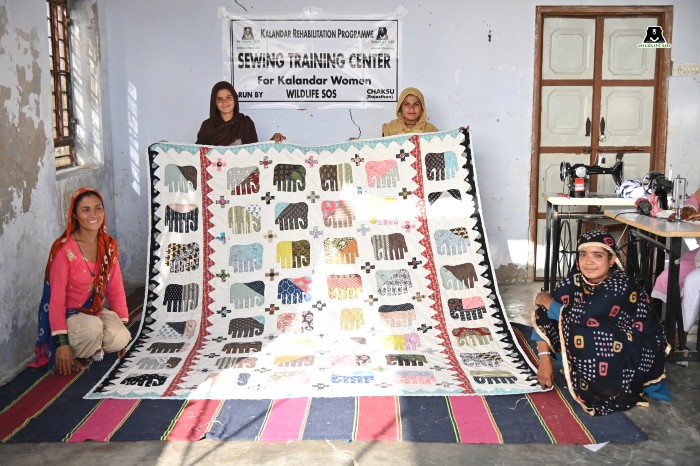
But this initiative was not without its own set of challenges. The families, accustomed to their lives with the bears, viewed any other possibility with suspicion. Ms. Rakhee Sharma recalls one of the men retaliating: “First, you take our bears, and now you want to take our women too? Why don’t you just give back our bears!” The husbands’ reluctance to allow their wives to venture out of their houses and pursue something new reflected the outlook of their community. Furthermore, the women were restricted from crossing their village borders, which led our team to set up centres within the spaces Kalandars resided in. It was in Tonk, Rajasthan, where continued dialogue and persuasion led to a small group of determined women coming together at the first sewing centre launched by us, marking the beginning of a transformative journey.
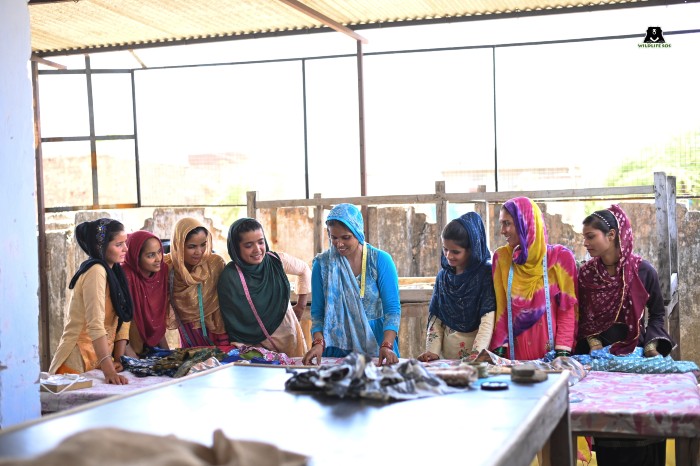
Redefining the Norm
The first batch of Kalandar women at the sewing centres underwent a year-long training and were supported by a stipend. The centre operated from 9.30 am to 5 pm, without fixing any specific time to impart skills so that the women could attend the training sessions when it was possible and convenient for them. Most women would often arrive after completing their daily chores or during afternoon hours when family members and children would be relaxing. Additionally, the space cooled by fans provided a welcome respite from the sweltering heat outside. The opportunity to learn sewing and contribute to the finances of the household became a compelling motivator for many women, especially as the brunt of financial instability weighed heavy on their shoulders.
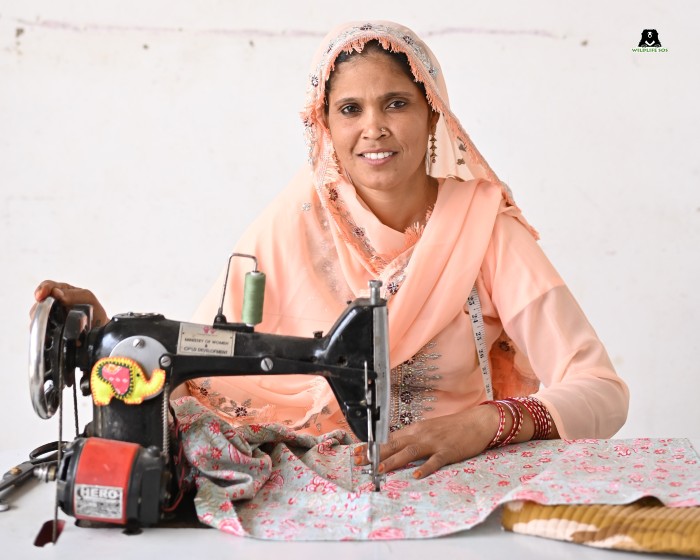
Each woman stepped into the centre with a vigour to take ownership of her future, dismantling years of generational restraint. “Times were hard and depressing for my family because of our poor financial situation,” shares Sitara Bano, a trainee from Chaksu Sewing Training Centre. After her older sister got married, Sitara Bano took it upon herself to relieve the stress that her family was facing, and started attending the tailoring sessions held by Wildlife SOS. Her sole aim was to secure her family’s future.
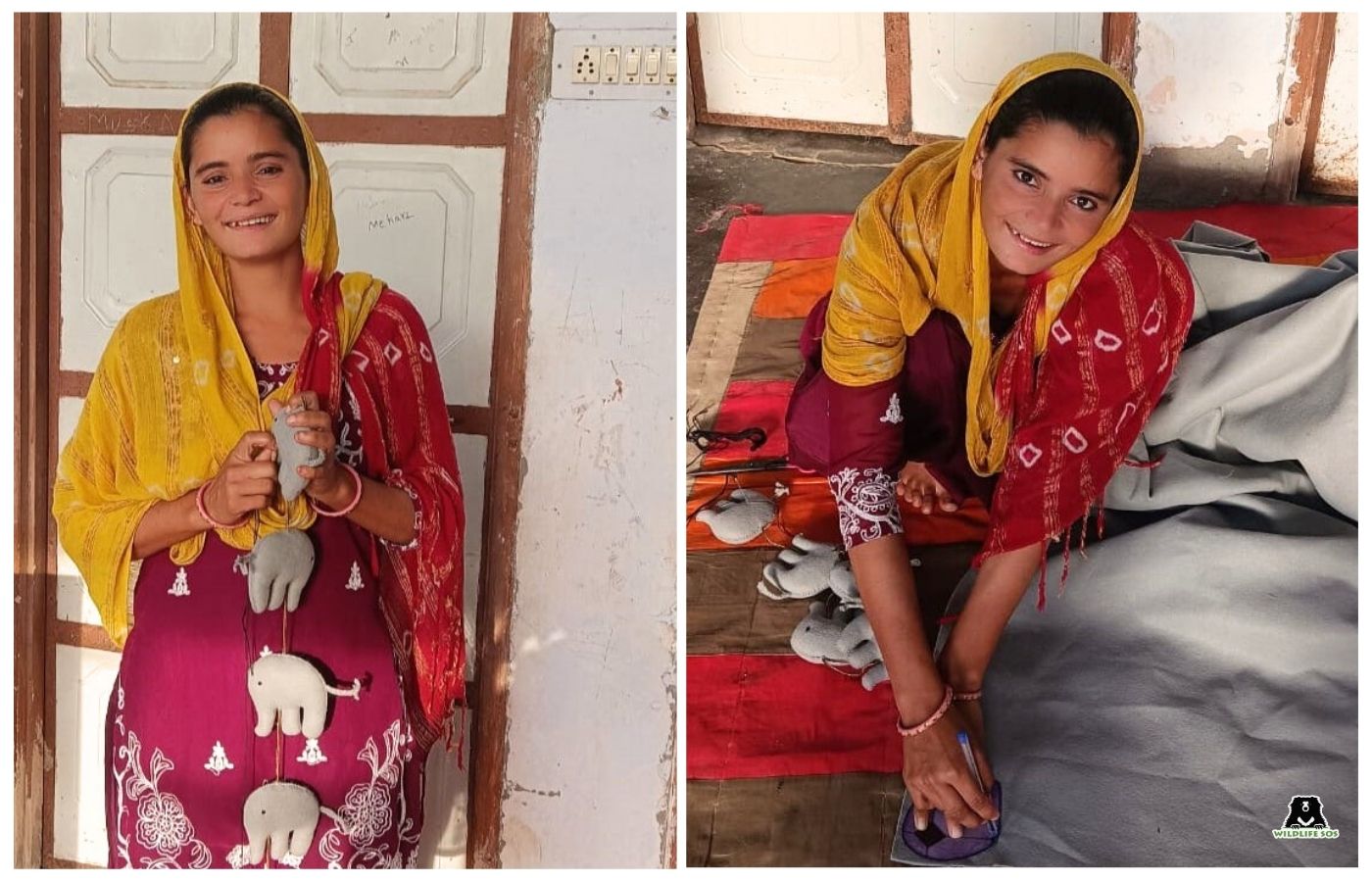
Initial sessions began with stitching salwar suits, a traditional attire worn by women in their community. Today, Sitara Bano and many Kalandar women are being further trained to craft incredible items like jute bags, toiletry kit pouches, stitching bags, patchwork elephant toys, felt elephant toys, kaftans, and more. These beautiful products are available in the gift galleries located at the Agra Bear Rescue Facility (ABRF) and the Elephant Conservation and Care Centre (ECCC) in Uttar Pradesh.
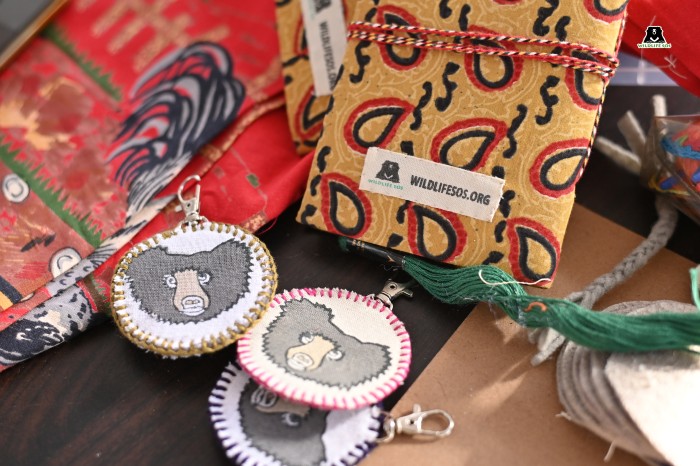
Stories of Success
It is incredibly fulfilling to witness the women embark on new paths after acquiring creative skills, confidence and a strong desire to be independent. The end of their training sessions marks not the conclusion of a chapter but the beginning of a journey of being income earners, a role they had never imagined taking up before.
Muskan Bano from Tonk has made her family and Wildlife SOS proud by achieving her dreams with excellence. As part of the Kalandar Rehabilitation Programme, she was given assistance by Wildlife SOS to complete education till the 12th standard, after which the young girl decided to become a trainee at the Sewing Training Centre in her district. Having completed four years here, she shares how she can support her family with essential needs that they were once unable to meet. She recalls how her father was the only earning member of their family of five and could not pay the fees of her school. “Today, I have become the second earning member of the house, and this makes me feel confident of ensuring that we do not face difficulties in running the house like before,” she says.
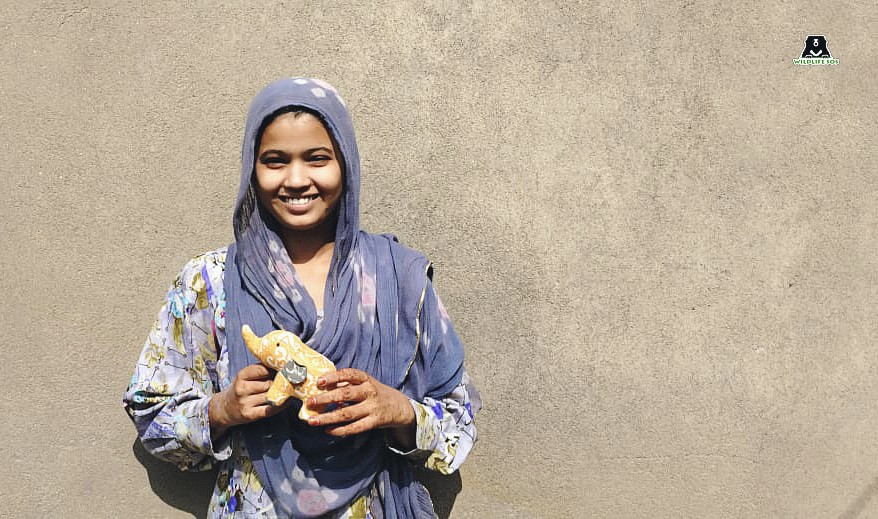
Our vision transcends mere economic stability; it strives to create leaders and women who, in turn, empower others. Our aspiration is for Kalandar women to be the strong pillars of their families and their community.
Mehraz Bano, who is 34 years old, is an active member of the Chaksu Sewing Training Centre. She chose to begin her journey here to support the sustenance of her family. Mehraz Bano reveals the challenges she was facing in her past: “My community would not allow women to go out for work, and my family was suffering from lack of finances.” She took a courageous step and enrolled for the training sessions, which led to her gaining knowledge. With her earnings, she has been able to dispel the unfortunate situation of her family.
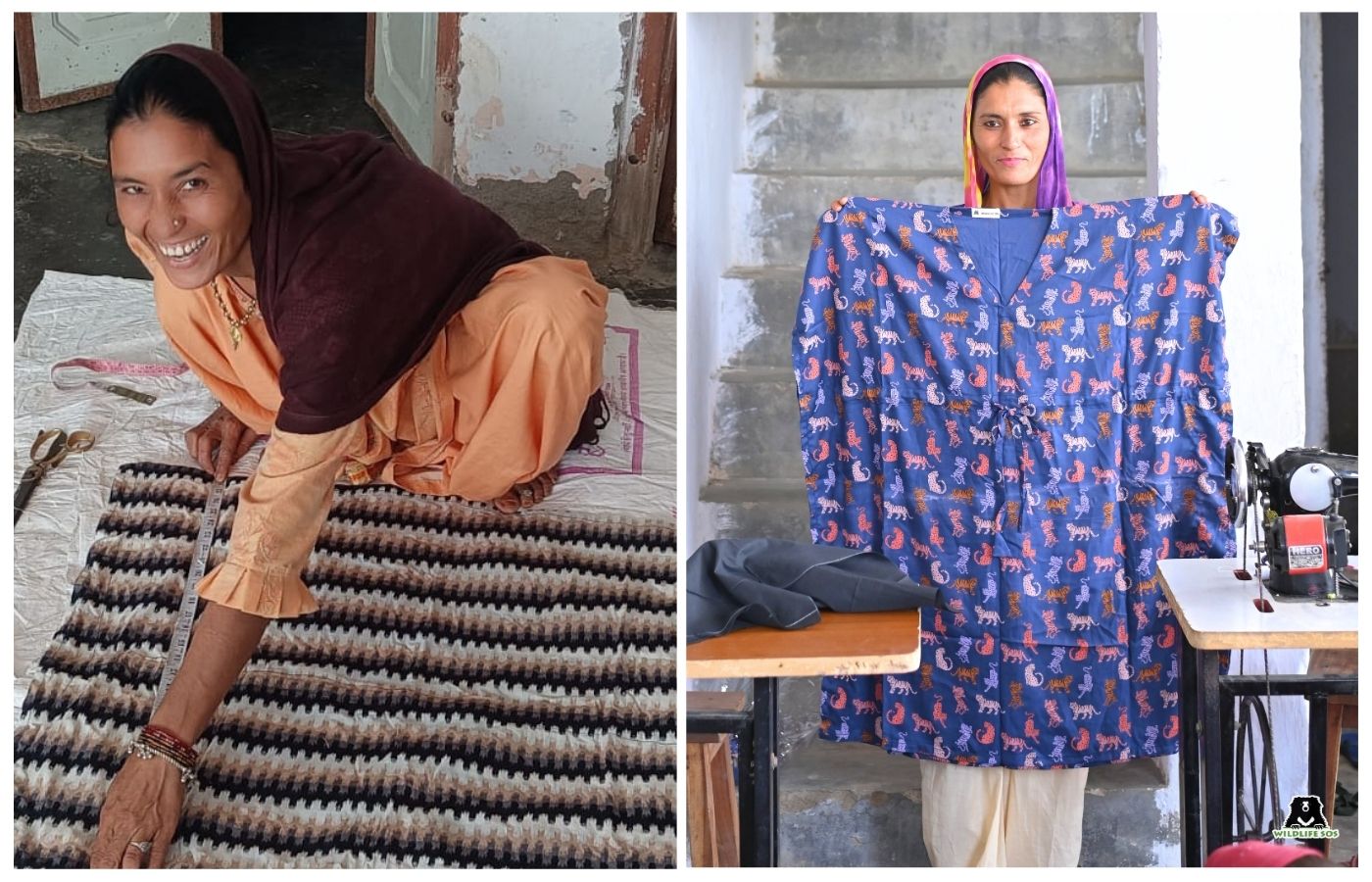
The journey of these women has been about more than just acquiring skills and income. We have witnessed how a resilient sisterhood has been built as a positive side-effect of our efforts. The Sewing Training Centres have become a sanctuary for meaningful friendships to blossom among women who were once not even allowed to share laughter aloud.
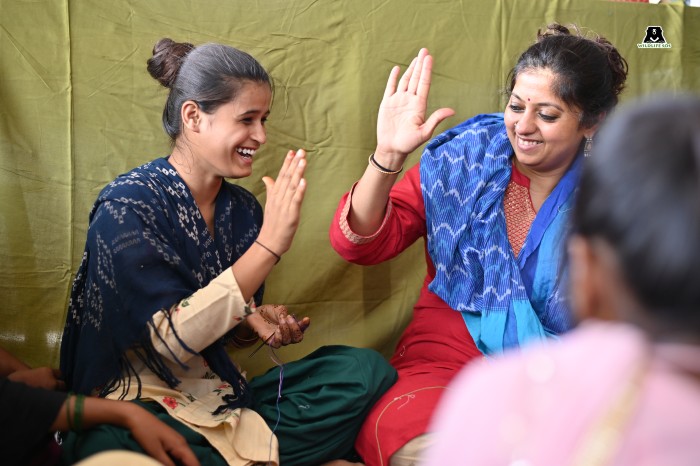
Whether it is through sharing lunches or burdens, these women are each other’s confidantes, fostering a deeper sense of community and trust. Aashiya Bano, a 37-year-old member of the Chaksu Sewing Training Centre team, expresses how the centre generates a positive and vibrant atmosphere. During pauses between work, she and her peers listen to songs and indulge in Antakshari, a popular and joyful singing game.
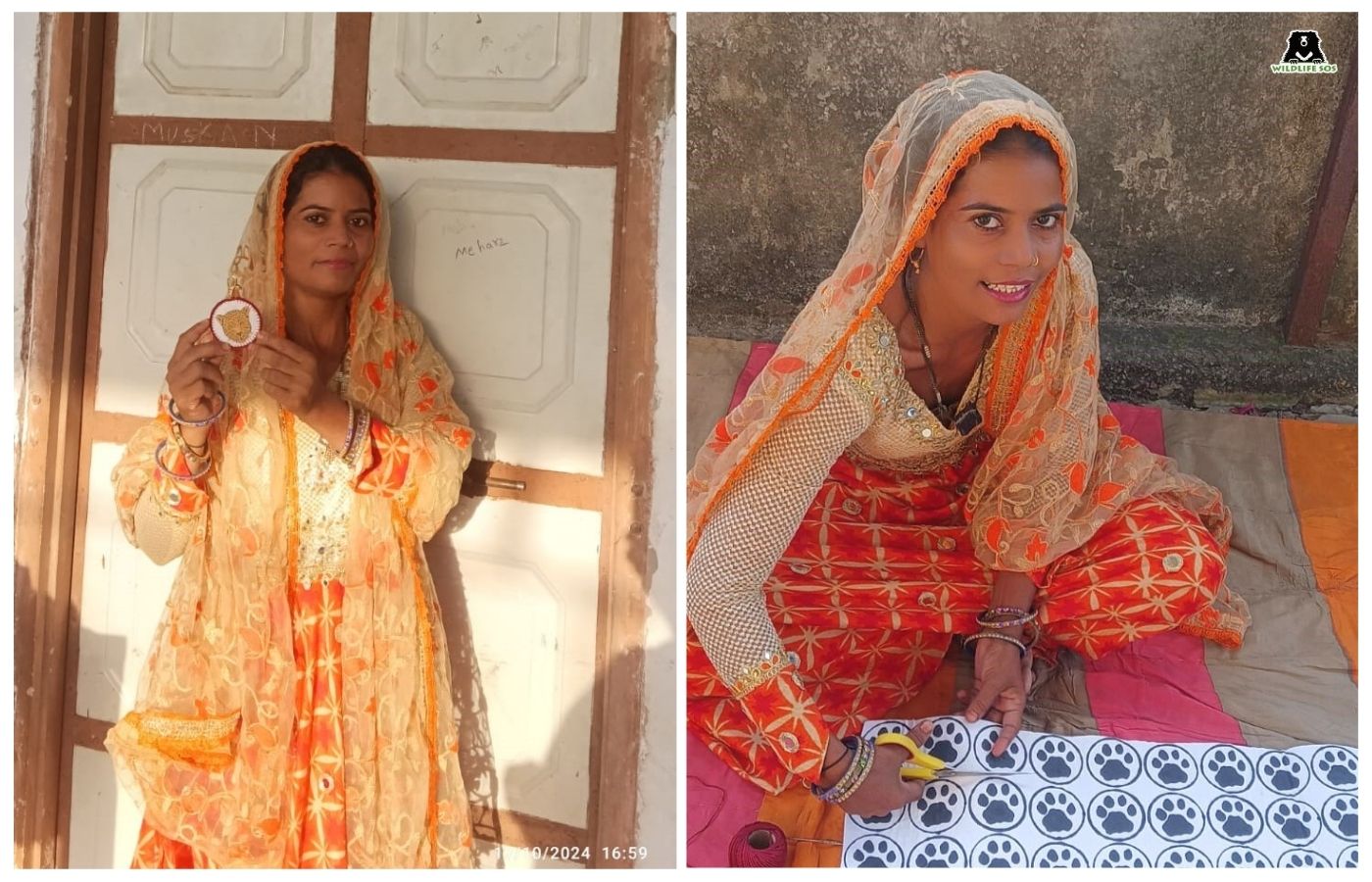
Beyond financial independence and friendships, the women have developed a sense of confidence in themselves. Aspirations that once seemed out of reach for these women are now within the realm of reality. Each success story becomes a beacon of possibility, encouraging others to take bold steps towards their progress. Their journeys reflect a remarkable transformation, making what was once unimaginable now achievable.
Rubeena Bano, who has been working in the Tonk Sewing Centre for 10 years, remarks, “When I started working at the sewing centre, I did not need to borrow money from anyone else anymore. My husband and I were able to buy land and build a house too. When women witness the transformation of my life, it sparks hope and motivation within them.” She says that her decision has inspired many women of the village to work and even push for their children’s education.
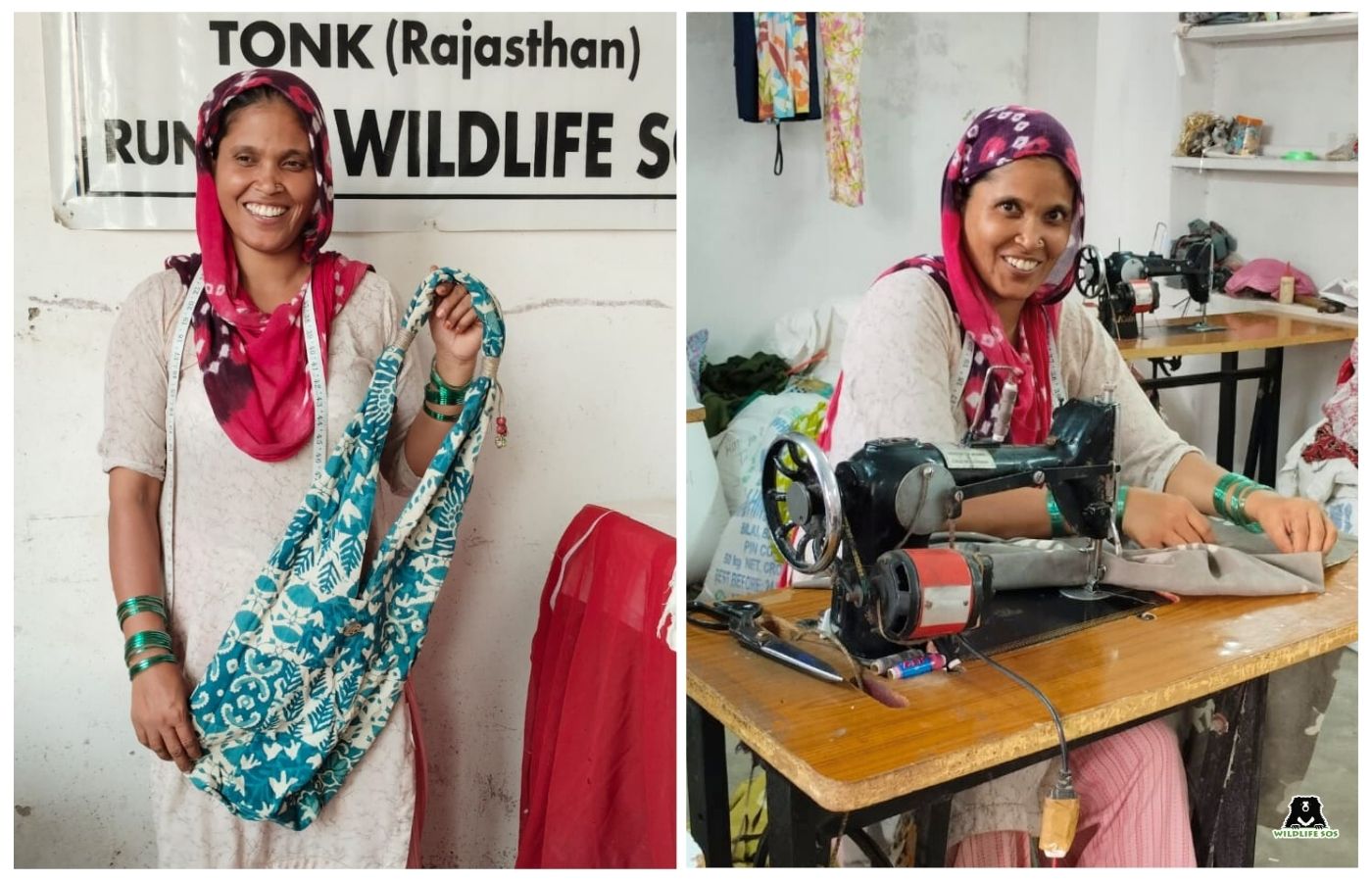
Despite the initial plethora of hurdles, more than 3,000 women have been successfully trained through this milestone project. Wildlife SOS was able to introduce the women of the Kalandar community to sustainable livelihood alternatives. Ensuring that the programme was accessible and accommodating for the women, a perfect blend of dignity and enterprise unfolded, allowing them to make the most of the opportunity.
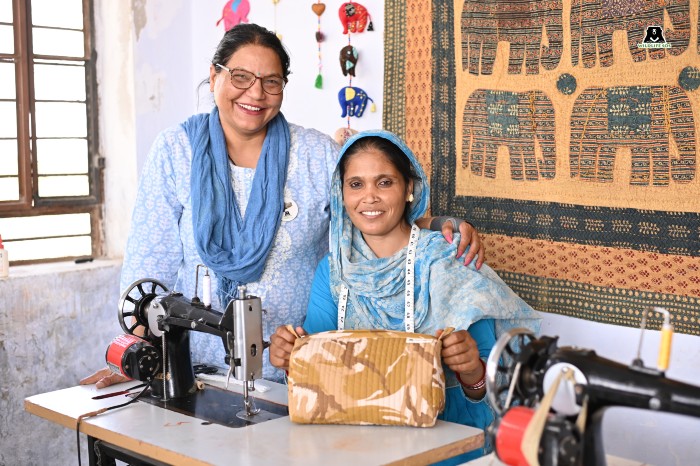
Each woman that walks into the centre, weaves a story of resilience and hope for the future. Support the craftsmanship of the Kalandar women through our Amazon storefront, and you too can play a part in contributing to their empowerment and education.

